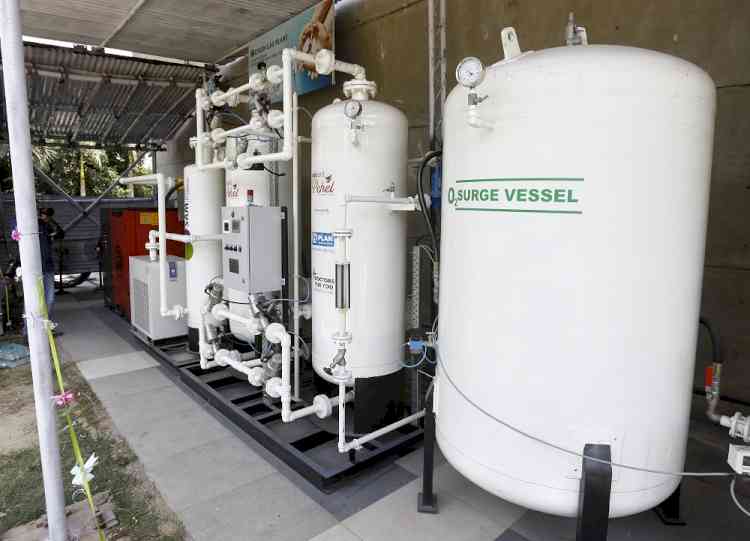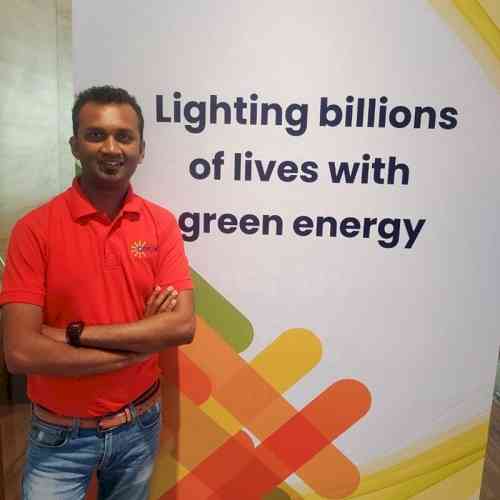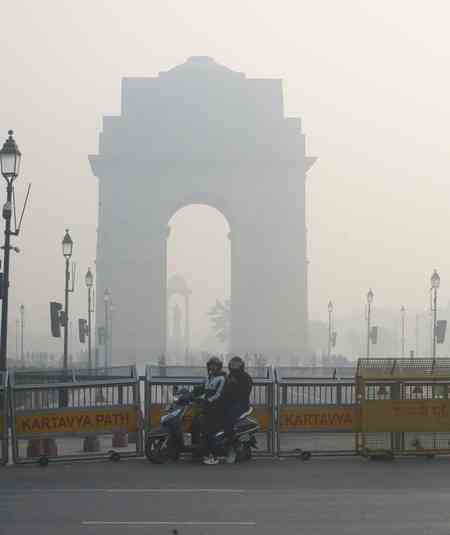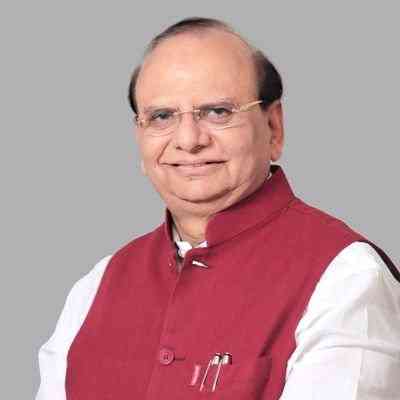How Delhi has prepared to prevent oxygen-crisis for third wave

By Avinash Prabhakar
New Delhi: The medical oxygen-crisis during the second Covid wave was one of the most apparent reasons for the devastating pandemic in India. The unfortunate situation of such an acute oxygen-crisis was mainly caused by the poor delivery system, connectivity problems and other issues in the supply chain apart from the production capacity much lower than the consumption. The worst-hit with oxygen-crisis was the national capital Delhi including several other states.
As the threat of third Covid wave continues, the Delhi government has prepared a roadmap to ensure no death from the lack of oxygen, including several other measures like augmenting beds in hospitals, number of health workers, development of PSA oxygen plants and pediatric task force. The roadmap also includes bed management in hospitals, arranging medicines and the early completion of vaccinations program in Delhi.
The Delhi government has started installing oxygen generation plants and increasing hospital beds to accommodate 37,000 cases a day, as per estimate. However, the cases can go up to 45,000 a day in worst condition.
To ramp up the oxygen supply in Delhi, the Kejriwal government recently approved the Medical Oxygen Production Policy with incentives. He tweeted, "Approved Medical Oxy Prodn Promotion Policy. It provides several incentives to pvt sector to set up oxy prodn plants, invest in Oxy tankers n set up oxy storage facilities. This will help improving oxy availability in Del which became a huge bottleneck in handling the last Covid wave".
Preparation to prevent oxygen crisis:
A total of 42 PSA (pressure swing adsorption) plants have been installed in hospitals by the Delhi Government that may generate 50.08 metric tonnes of medical oxygen to prevent repeat of the oxygen crisis in Delhi. Out of 42 PSAs, 13 plants which include seven in Delhi government hospitals and six in Centre-run hospitals have been set up using the PM Cares fund. However, other plants have been set up under CSR initiatives. At least 18 more PSA plants are likely to be set up in Delhi government hospitals by August 31 and three by October 15.
Apart from PSA plants, the Delhi government has worked towards maintaining the oxygen storage capacity. Three oxygen storage tanks have been built with a capacity of 57 metric tonnes per tank. A total of 18 oxygen tankers will be brought from Bangkok for uninterrupted oxygen supply. Two cryogenic bottling plants with 12 MT capacities have been established.
Special Task Force:
The Delhi Government has constituted two special task forces - pediatric special task force and state-level expert committee to efficiently handle the third Covid wave.
The pediatric special task force with 8 members in the committee, headed by IAS Satya Gopal, will see the covid management keeping in view its impact on kids during the third wave. The 13-member state-level expert committee, headed by the same Satya Gopal, will prepare an action plan for health infrastructure in Delhi, oxygen supply, medicines and other requirements during the third wave.
Community based Health Assistance:
Including the medical oxygen supply, the national capital Delhi also hugely suffered the crisis of health workers during the peak in the second wave. Kejriwal has announced that to train 5,000 community health assistants who can be used as health workforce in the time of crisis. These health assistants are undergoing the training at nine hospitals in Delhi to handle the critical situation of pandemic, life-saving, first aid and home care treatment.
Graded Response Action Plan:
The national capital Delhi has prepared a Graded Response Action Plan (GRAP) to handle the third Covid wave. Under the plan, four types of levels and color-coded alerts systems have been approved. The four colour codes - Yellow, Amber, Orange and Red - have been identified to differentiate situation based on the Covid positivity rate (on two consecutive days), cumulative number of new cases (over a week) and average oxygenated-bed occupancy (for a week). Likewise, Yellow alert will be issued if the positivity rate over 0.5 per cent continues for two consecutive days along with 1,500 new cases in one week or 500 oxygen beds occupied in seven days.
(Avinash Prabhakar can be reached at [email protected])


 IANS
IANS 










